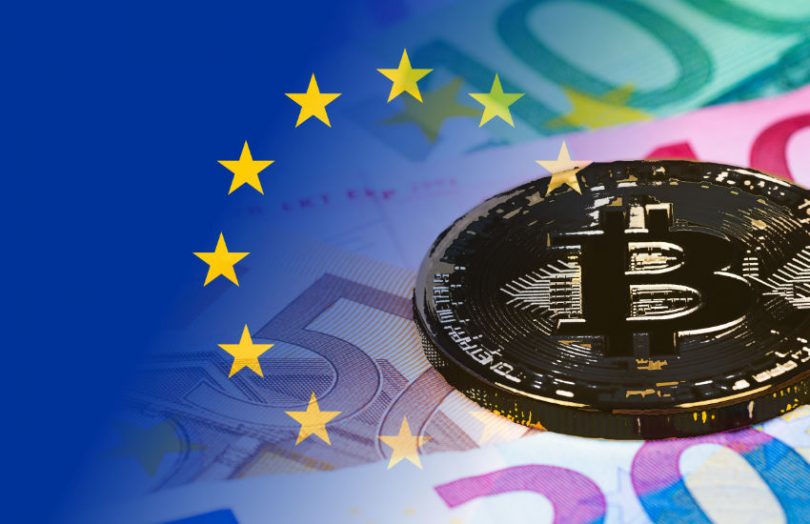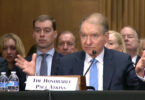SUERF, the European Monetary and Finance Forum, published a paper criticizing Bitcoin. The document, “The encrypted threat: Bitcoin’s social cost and regulatory responses,” was authored by three executives of the European Central Bank (ECB), including one of its Director Generals, Ulrich Bindseil. A footnote states the paper expresses the personal opinions of the authors. It’s noticeable that Bitcoin alone is the paper’s primary focus.
The document outlines the usual criticisms of Bitcoin: retail investors will lose money when it crashes, its wasteful use of energy, and its use by criminals. However, its approach is pretty thorough. From an investment perspective, it highlights that the money invested in Bitcoin might otherwise flow into productive investments such as stocks or commodities.
Bitcoin alone is the target of the criticism, rather than crypto-assets more generally. It states that “doubts on the sustainability of Bitcoin and the related social costs does not mean that DLT, blockchain and decentralised finance have no merits as innovative technological approaches.” However, it questions whether crypto tokens other than stablecoins and NFTs represent a meaningful investment asset.
Two sides to the story
Supporters of Bitcoin typically dismiss these criticisms as the views of central bankers that feel threatened by Bitcoin. So far, Bitcoin has failed as a payment mechanism, but some are still hopeful about the Lightning network and other Layer 2 solutions. For example, Jack Dorsey, the CEO of Block (formerly Square), is a big proponent of Bitcoin and not other cryptocurrencies.
As an independent observer, both the arguments by the central bankers and the Bitcoin supporters have elements of validity. On the one hand, energy-hungry Proof of Work seems hard to justify in the face of climate change unless it uses 100% non-displaced renewable energy. On the other hand, proof of work is also the functionality that makes it harder for the network to be censored by central banks. Other big blockchains are using or planning to migrate the Proof of Stake route, and will be easier for authorities to influence.
At the same time, the central bankers illustrate that decentralization is an attribute seen less in practice than claimed. This is a valid point as many networks have a tendency to centralize, even at the periphery, such as wallets or point of sale outlets. The paper talks about a single pool back in 2014 which controlled more than 50% of the hashrate, although it doesn’t explore more recent times. Since Bitcoin mining migrated away from China in 2021, the network has been more decentralized than before. However, seven mining pools mint more than 50% of the coins.
Ambiguous regulator messages
Another issue raised in the paper is ambiguous messages sent by regulators. Two cases were mentioned, including the SEC allowing a Bitcoin ETF linked to regulated futures and Germany allowing investment funds for institutional investors (“Spezialfonds”) to invest up to 20 percent into crypto assets.
“For hesitant investors, such public measures seem to legitimize Bitcoin without necessary safeguards; they could be interpreted as signals that public authorities do not doubt the sustainability and rationale of Bitcoin,” says the paper.
While this document might be the personal opinions of ECB executives, their views will carry weight with regulators. Regarding Europe’s draft regulation for Markets in Crypto-Assets (MiCA), they point to MiCA’s lack of oversight over transactions that don’t go through crypto exchanges or other intermediaries.
Bitcoin’s ride could get bumpier.
Note: the author owns no bitcoin and less than $500 ETH






